Photo Highlights of Game

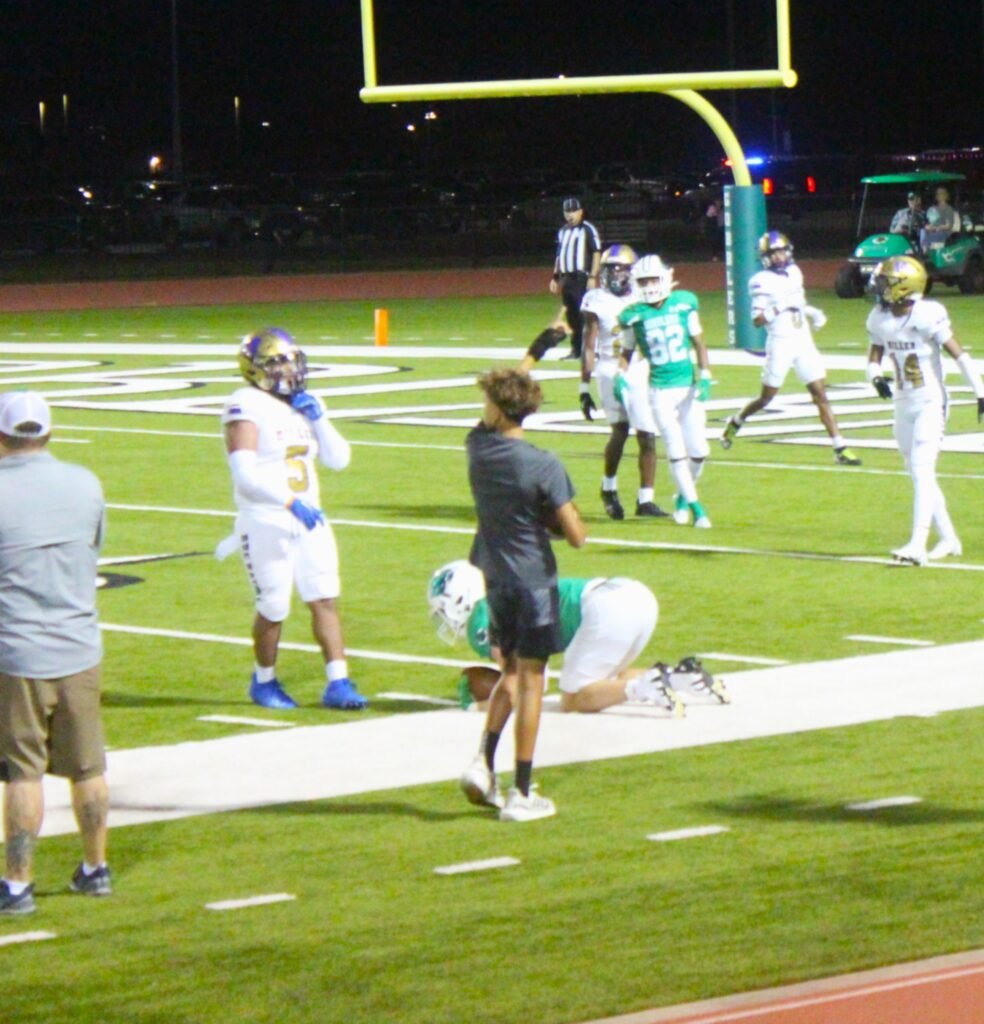


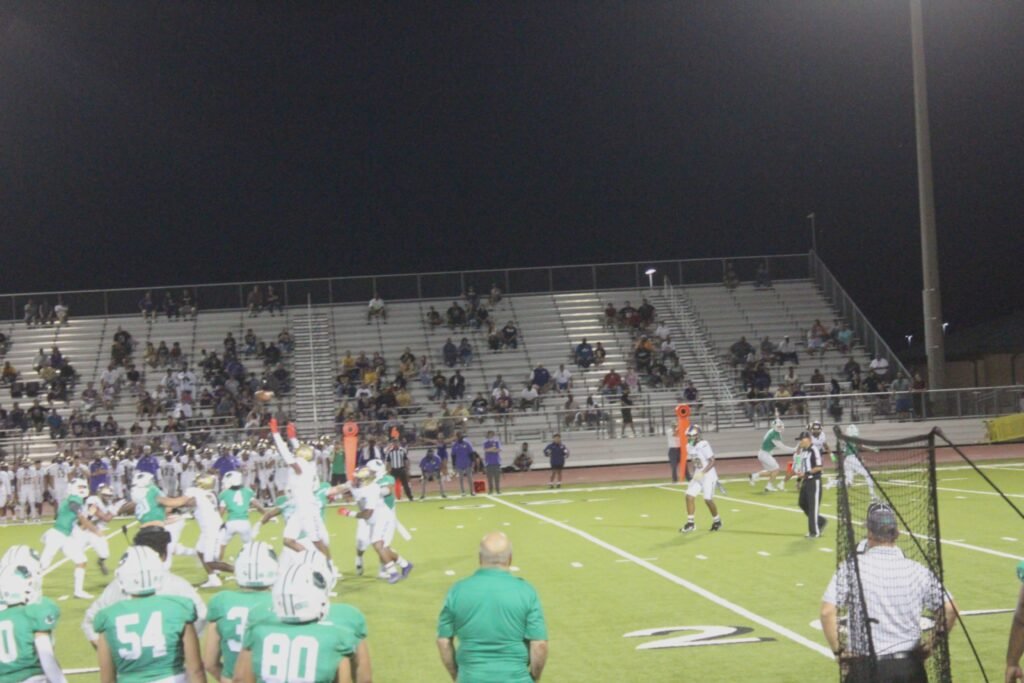
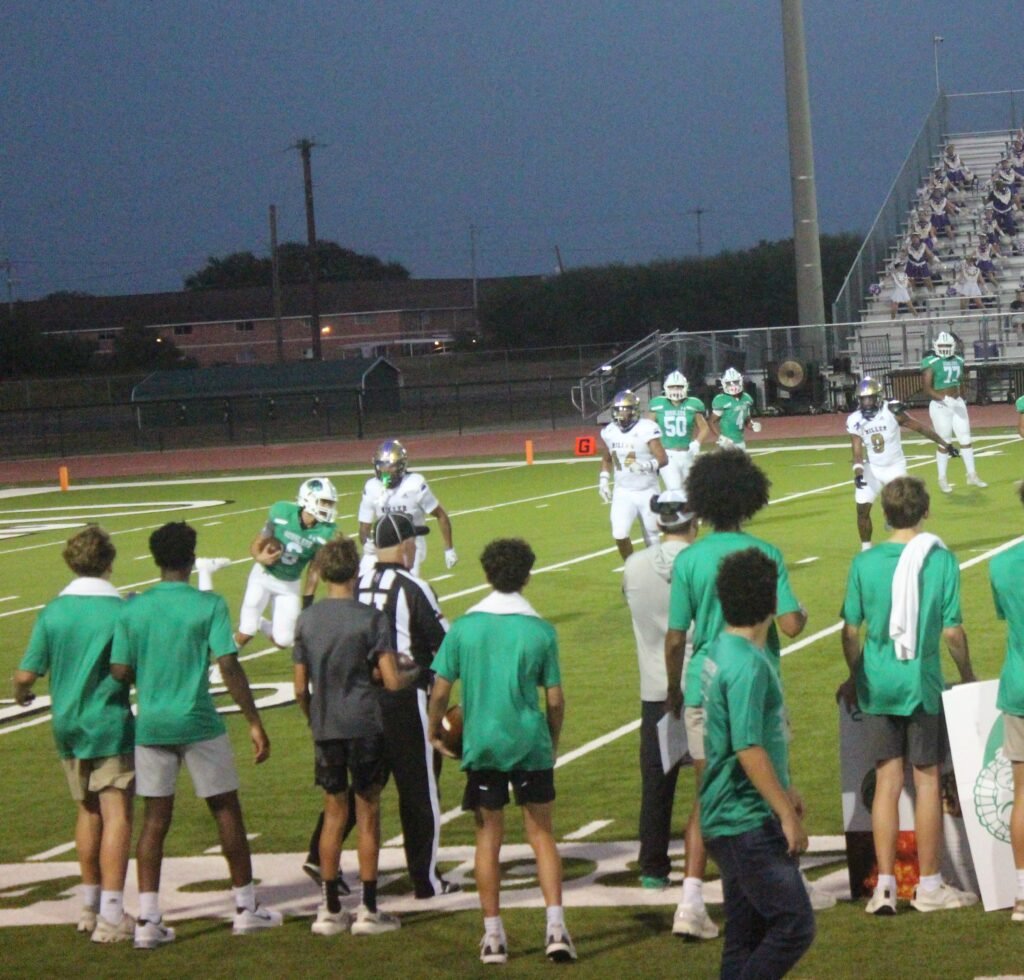

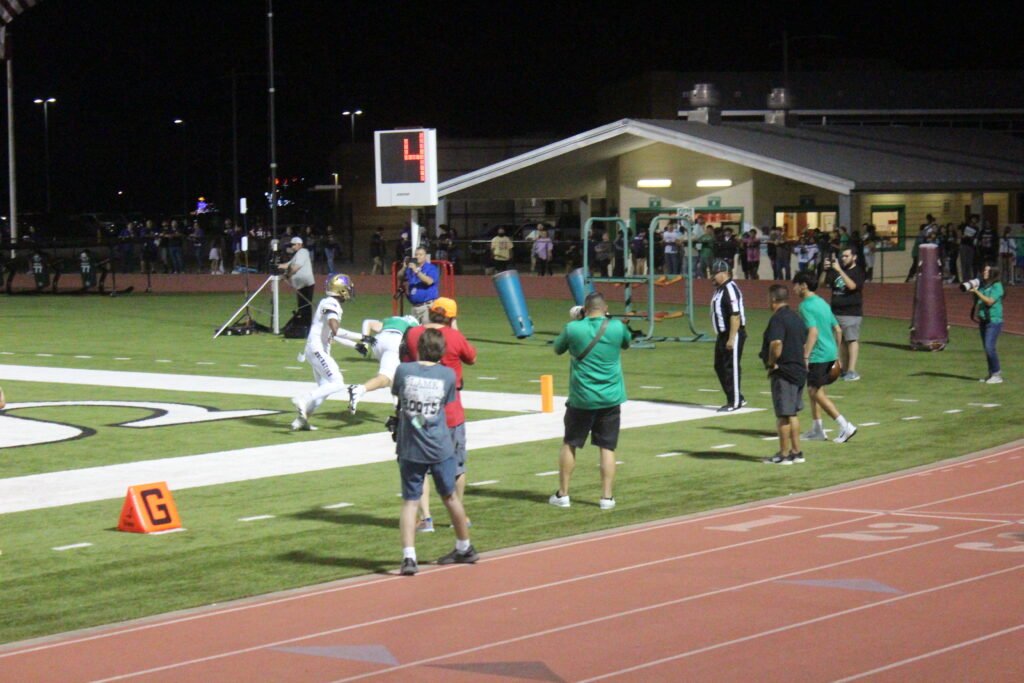
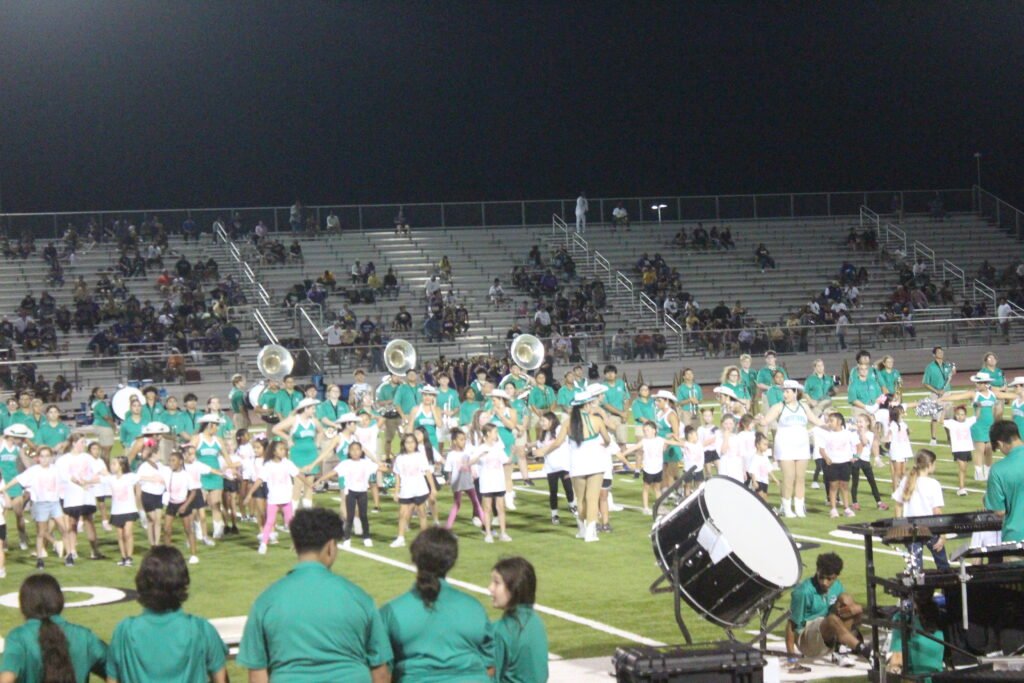
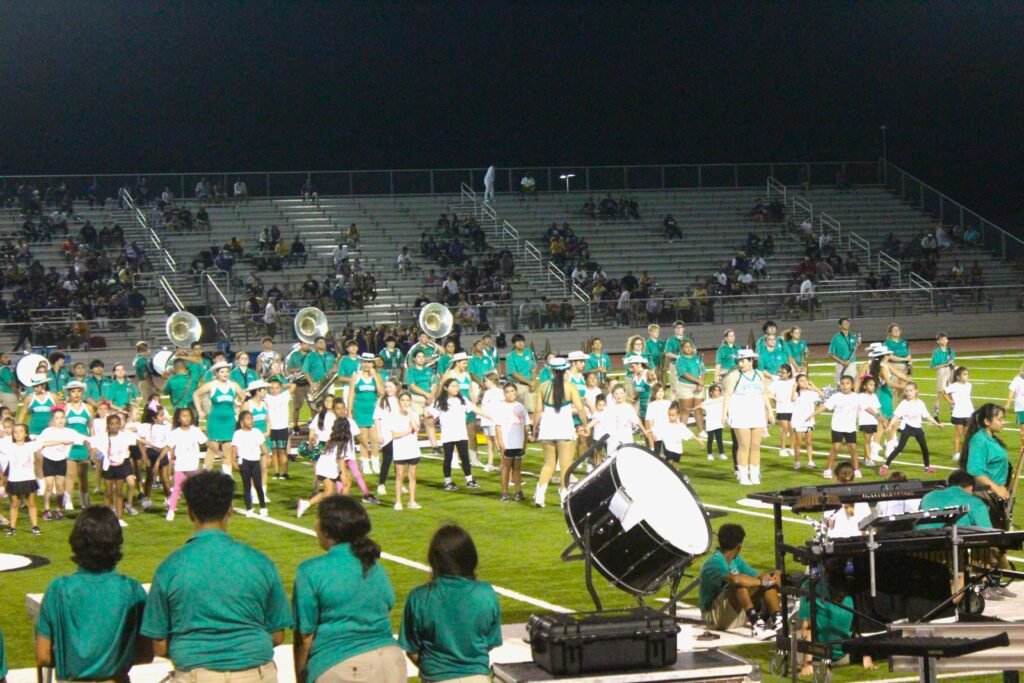





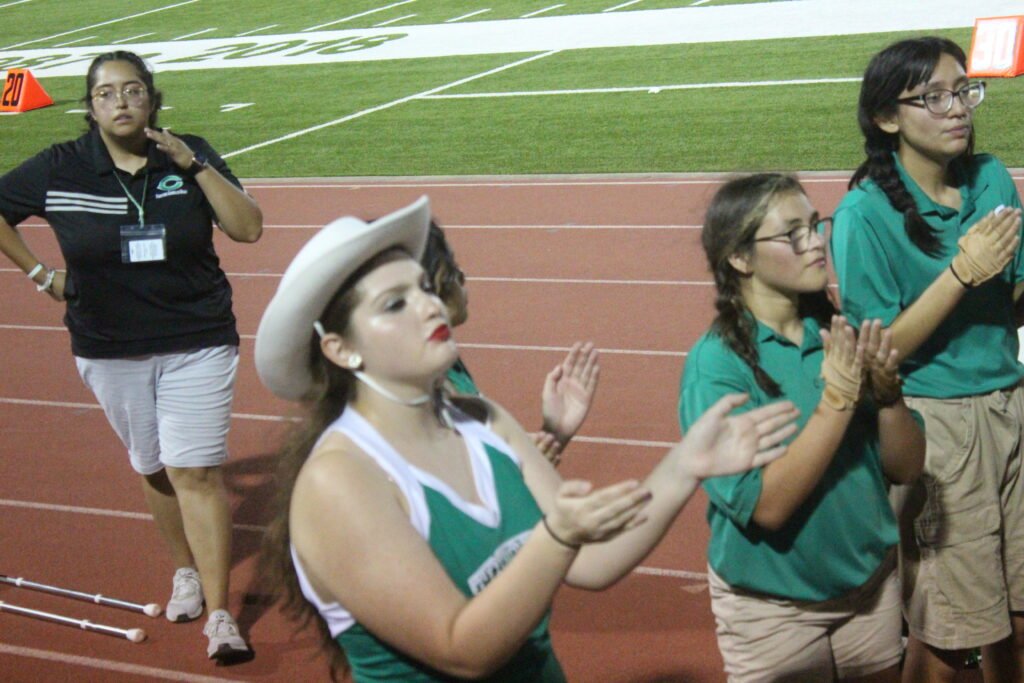
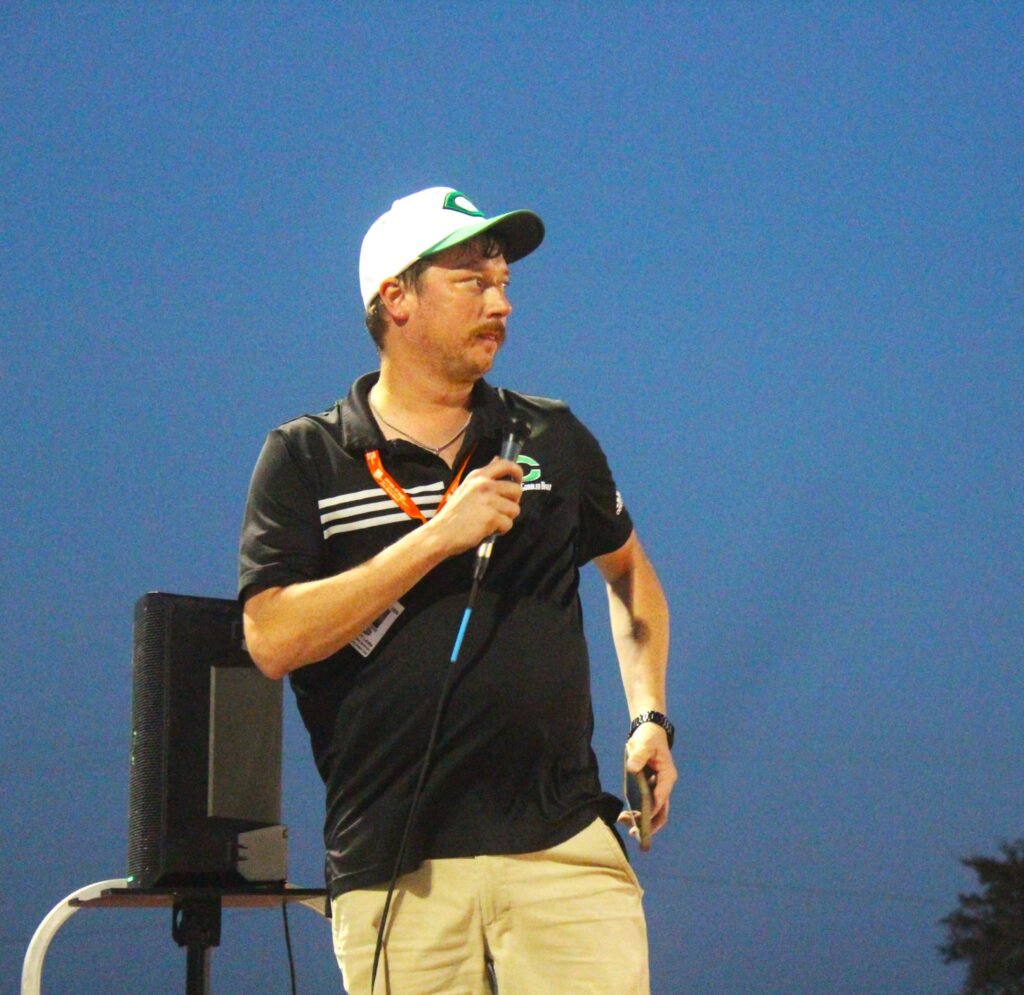



A voter registration card in 2022. The deadline to register to vote in this year’s elections is Oct. 7. Credit: May-Ying Lam for The Texas Tribune
Texas voters have less than a month to register for the Nov. 5 election.
But as county elections officials work to get more people registered, more than 1 million voters have been deemed ineligible. That includes people who moved out of state or are dead — and it’s a routine process.
Related Story
Here’s how to vote in the Texas 2024 election
“We do list maintenance every single day,” said Trudy Hancock, the Elections Administrator for Brazos County. “So you know it’s not something that’s happened just overnight and something that’s been put in place, but it is important to check your registration.”
Gov. Greg Abbott issued a press release last month touting the removal of ineligible voters, claiming some of them were possibly noncitizens. Experts quickly warned the governor’s framing could be used to undermine trust in elections. At the same time, Texas Attorney General Ken Paxton has sued to stop two urban counties from sending voter registration forms to people who are eligible to vote, claiming state law doesn’t allow that kind of outreach and it would risk adding noncitizens to the voter rolls.
Election officials have found no evidence of widespread voting by people who are not citizens in U.S. elections. In 2019, Texas incorrectly flagged 95,000 naturalized citizens for removal from the voter rolls, but backed off those previous removal attempts to settle lawsuits over the matter.
Federal law prevents states from systematically removing registered voters within 90 days of a federal election, though there are some exceptions if the voter has died, been convicted of a felony or been declared mentally incapacitated. Checking your voter registration to make sure it’s active and up to date could save you trouble at the polls. You’ll want to do that before the Oct. 7 deadline to register. It could also help us report on these issues.
Here’s how to check your voter registration. The Texas Tribune, ProPublica and Votebeat want to hear from Texas voters who believe their registrations have been erroneously canceled. Let us know if you find issues with your voter registration through the form at the bottom of this story.
Once you register to vote, you generally remain registered, but there are various reasons why you may want to verify your registration status, especially if you’ve had a name or address change. You can make those updates online here.
You can check to see if you’re registered and verify your information through the Texas Secretary of State’s website.
You’ll need one of the following three combinations to log in:
When a person submits a voter registration application, county and state officials verify the person’s eligibility using various sources, including birth and death certificates and the courts system.
Local election officials will review the application to make sure the submitted address is a residential location within the county. They share voter registration records with the state daily. The state also reviews the voter registration before it becomes effective. Registered voters are sent a registration certificate within 30 days and it becomes effective 30 days after it is submitted.
Voters receive a new certificate if they update their name or address. Otherwise, voters are sent a new certificate every two years, according to the state.
If a county voter registrar receives a nondeliverable notice after sending a voter registration certificate or receives information that there’s been an address change, a voter is placed on the state’s “suspense list” and asked to confirm their address. Sometimes this can be due to errors at the post office or when a jury summons doesn’t go to the proper address and is returned, said Trudy Hancock, the elections administrator for Brazos County.
Voters on the suspense list can still vote as normal if they update or confirm their address before the voter registration deadline or fill out a “statement of residence” when voting. But if they have moved to a different county or precinct, they may have to vote at their previous polling location or vote a limited ballot.
If a suspended voter takes no action, they are removed from the voter rolls after about four years, according to the Texas Secretary of State’s office.
You must complete and submit a paper voter registration application by Oct. 7.
You can request a postage-paid application through the mail or find one at county voter registrars’ offices and some post offices, government offices, or high schools. You can also print out the online application and mail it to the voter registrar in your county.
Applications must be postmarked by the Oct. 7 deadline. Download your application here.
Additionally, you can register to vote through the Texas Department of Public Safety while renewing your driver’s license. You may be able to register to vote online if you’re also allowed to renew your license online. This is the only form of online registration in the state.
You must reside in a Texas county by the voter registration deadline to vote in the upcoming election. Voters who are 65 or older, have a disability or will be absent during the entire voting period, such as members of the military of voters living overseas, qualify for an absentee ballot. You can read more about absentee and mail-in voting here.
If you are a registered voter but moved after the Oct. 7 deadline, you can vote at your previous polling location if you moved within the same county or political subdivision. Or you can vote at your new polling location, but the ballot will only include races available to voters in both your new and old political districts, such as statewide races. Limited ballots are available only during early voting at a “main early voting polling place.” Those are usually the office of the election administrator or county clerk who runs elections in your county. The main polling place should be noted in a county’s list of early voting locations.
If you have questions or concerns about your registration, you can find your county’s voter registration contact here.
Inside polling locations, there are typically “resolution desks” where poll workers can address registration issues. If you believe you should be registered but don’t appear on the voter registration list at the polls, you can cast a provisional ballot. There’s no guarantee that a provisional ballot will ultimately be counted. The best bet to ensure you don’t have problems is verifying your registration is active and up-to-date ahead of the Oct. 7 deadline to register to vote.
Your local voter registrar must review the provisional ballot and verify your registration within six days of the election. The registrar then passes that information to the local ballot board, which decides whether the provisional ballot is eligible to be counted under election laws, according to the Texas Secretary of State’s voter education website.
Provisional voters must be sent a notice about whether their ballot was counted no later than 10 days after the election is certified
You can also find more information on frequently asked questions from the Secretary of State’s Office at votetexas.gov.
If you need help navigating voting issues, a coalition of voting rights groups has a helpline at 866-687-8683. The Texas Secretary of State’s office has a helpline at 1-800-252-8683.
Disclosure: Texas Secretary of State has been a financial supporter of The Texas Tribune, a nonprofit, nonpartisan news organization that is funded in part by donations from members, foundations and corporate sponsors. Financial supporters play no role in the Tribune’s journalism. Find a complete list of them here.
Learn about The Texas Tribune’s policies, including our partnership with The Trust Project to increase transparency in news.
The Cuero American Legion Hall is set to host a living history presentation on Saturday, September 21, 2024, at 3:00 PM. The event is organized by the Yorktown Bicentennial Chapter of the Daughters of the American Revolution, in collaboration with the DeWitt County Historical Commission.
The young actors are Max Leslie-Mees, Lauren Leslie-Mees, Cameron Batts, and Landon Schlenker. They will portray 1846 DeWitt County students, engaging in a classroom scenario where they will respond to historical inquiries. Experience history firsthand and uncover the answers to intriguing questions from the past
Event Details:
Historical Highlights:
Don’t miss this unique opportunity to experience history come to life and learn about the remarkable stories of DeWitt County’s past!
NEWS TIPS: Do you have a local news tip? Email: Ihavenewscuero@gmail.com
The rate of firearm‑related deaths in our nation has been rising and reached a near
three‑decade high in 2021. This crisis is being driven, in particular, by increases in
firearm‑related homicides over the last decade and firearm‑related suicides over
the last two decades. Across all firearm‑related deaths in 2022, more than half
(56.1%) were from suicide, 40.8% were from homicide, and the remaining were
from legal intervention, unintentional injuries, and injuries of unknown intent.
The age‑adjusted rate of firearm‑related suicide increased by 20.1% from 2012
(6.3 per 100,000) to 2022 (7.6 per 100,000), with an absolute increase from 20,666
to 27,032 deaths over the same period. The age‑adjusted rate of firearm‑related
homicide increased by 62.5% from 2012 (3.8 per 100,000) to 2022 (6.2 per 100,000),
with an absolute increase from 11,622 to 19,651 deaths over the same period.
Despite these increases over time in firearm‑related deaths, the number of firearm‑related homicides decreased from 20,958 (6.7 per 100,000 [age‑adjusted]) in 2021 to 19,651 (6.2 per 100,000 [age‑adjusted]) in 2022.
Furthermore, the provisional firearm‑related homicide rate for 2023 (part‑year) is lower than the rate in 2022.4 The provisional firearm‑related suicide rate for 2023 (part‑year) remains comparable to the rate in 2022. When measured over a decade (2012 to 2022), children and younger populations experienced a staggering increase in firearm‑related suicide rates: 43% for 25‑34‑year‑olds (6.5 per 100,000 [crude rate]) in 2012 to (9.3 per 100,000 [crude rate]) in 2022, 45% for 15‑24‑year‑olds (5.0 per 100,000 [crude rate]) in 2012 to (7.3 per 100,000 [crude rate]) in 2022, and 68% for children aged 10‑14 (0.50 per
100,000 [crude rate]) in 2012 to (0.84 per 100,000 [crude rate]) in 2022 (Figure 3).2
The rate of firearm-related deaths in our nation has been rising and reached a near three-decade high in 2021.
The CDC defines legal intervention as, “firearm injuries inflicted by the police or other law
enforcement agents acting in the line of duty.” The term legal intervention is a commonly used external cause of injury classification. It does not indicate the legality of the circumstances surrounding the death. (Centers for Disease Control and Prevention (2024, March). About firearm injury and death. U.S. Department of Health and Human Services. https://www.cdc.gov/firearm‑violence/about/index.html)
First published in the U.S. Surgeon General website Firearm Violence: A Public Health Crisis in America (hhs.gov)
NEWS TIPS: Do you have a local news tip? Email: Ihavenewscuero@gmail.com
By
Richard Fry
About half of U.S. adults (52%) lived in middle-income households in 2022, according to a Pew Research Center analysis of the most recent available government data. Roughly three-in-ten (28%) were in lower-income households and 19% were in upper-income households.
Our calculator below, updated with 2022 data, lets you find out which group you are in, and compares you with:
Other adults in your metropolitan area
U.S. adults overall
U.S. adults similar to you in education, age, race or ethnicity, and marital status
Find more research about the U.S. middle class on our topic page.
Our latest analysis shows that the estimated share of adults who live in middle-income households varies widely across the 254 metropolitan areas we examined, from 42% in San Jose-Sunnyvale-Santa Clara, California, to 66% in Olympia-Lacey-Tumwater, Washington. The share of adults who live in lower-income households ranges from 16% in Bismarck, North Dakota, to 46% in Laredo, Texas. The share living in upper-income households is smallest in Muskegon-Norton Shores, Michigan (8%), and greatest in San Jose-Sunnyvale-Santa Clara, California (41%).
How the income calculator works
The calculator takes your household income and adjusts it for the size of your household. The income is revised upward for households that are below average in size and downward for those of above-average size. This way, each household’s income is made equivalent to the income of a three-person household. (Three is the whole number nearest to the average size of a U.S. household, which was 2.5 people in 2023.)
Pew Research Center does not store or share any of the information you enter.
We use your size-adjusted household income and the cost of living in your area to determine your income tier. Middle-income households – those with an income that is two-thirds to double the U.S. median household income – had incomes ranging from about $56,600 to $169,800 in 2022. Lower-income households had incomes less than $56,600, and upper-income households had incomes greater than $169,800. (All figures are computed for three-person households, adjusted for the cost of living in a metropolitan area, and expressed in 2022 dollars.)
The following example illustrates how cost-of-living adjustment for a given area was calculated: Jackson, Tennessee, is a relatively inexpensive area, with a price level in 2022 that was 13.0% less than the national average. The San Francisco-Oakland-Berkeley metropolitan area in California is one of the most expensive, with a price level that was 17.9% higher than the national average. Thus, to step over the national middle-class threshold of $56,600, a household in Jackson needs an income of only about $49,200, or 13.0% less than the national threshold. But a household in the San Francisco area needs an income of about $66,700, or 17.9% more than the U.S. threshold, to be considered middle class.
The income calculator encompasses 254 of 387 metropolitan areas in the United States, as defined by the Office of Management and Budget . If you live outside of one of these 254 areas, the calculator reports the estimates for your state.
The second part of our calculator asks about your education, age, race or ethnicity, and marital status. This allows you to see how other adults who are similar to you demographically are distributed across lower-, middle- and upper-income tiers in the U.S. overall. It does not recompute your economic tier.
Note: This post and interactive calculator were originally published Dec. 9, 2015, and have been updated to reflect the Center’s new analysis. Former Senior Researcher Rakesh Kochhar and former Research Analyst Jesse Bennett also contributed to this analysis.
The Center recently published an analysis of the distribution of the American population across income tiers. In that analysis, the estimates of the overall shares in each income tier are slightly different, because it relies on a separate government data source and includes children as well as adults.
NEWS TIPS: Do you have a local news tip? Email: Ihavenewscuero@gmail.com
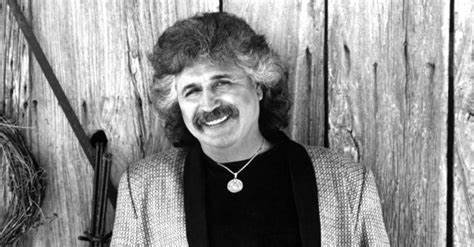
Freddy Fender:
He was a three-time award winning country musician, best known for his country hit, Before the Next Teardrop Falls. He was born Baldemar Huerta, but he became famous as Freddy Fender the Tex-Mex singer who blended country, rock and roll and Tejano Music. Freddy Fender had three successful careers already-as a Hispanic/pop star in the late 50’s, a country pop star in the 70’s, and a member of the Grammy award-winning Texas Tornadoes in the 90’s.
He was from South Texas in the small town of San Benito, and at the age of 10 he made his debut radio performance on Harlingen, Texas, radio station KGBT, singing a then-hit “Paloma Querida”. In 1999, Fender received his own Hollywood Walk of Fame star after being personally recommended for the honor by then -Texas governor George W Bush. Freddy Fender died at the age of 69 from inoperable cancer on October 14, 2006.
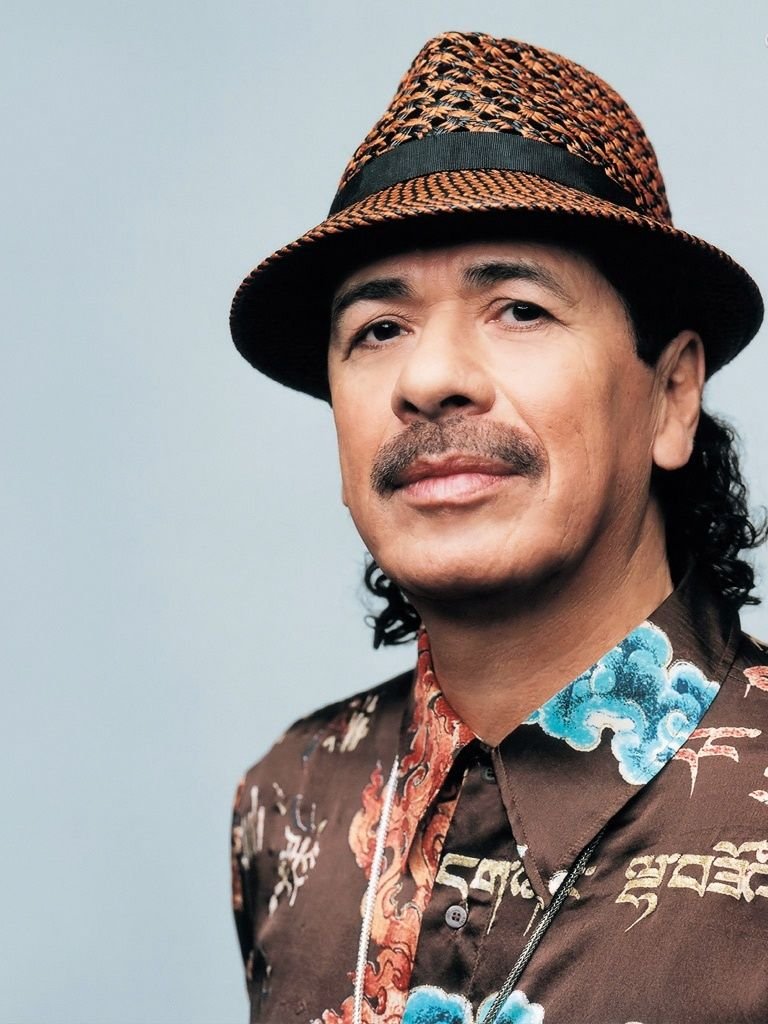
Carlos Santana:
Is a Mexican-born American musician whose popular music combined rock, jazz, blues, and Afro-Cuban rhythms with a Latin sound. He was born July 20, 1947, Autlán de Navarro, Mexico (age 77). Santana began playing the violin at age five; by age eight, however, he had switched to the guitar. As a teenager, he played in bands in Tijuana, Mexico, where he was exposed not only to the local norteño music but to blues, especially to guitarists T-Bone Walker and B.B. King.
His top-10 hit “Evil Ways,” peaked at number four on the album charts in 1969. Abraxas, with the hits “Black Magic Woman” and “Oye Como Va,” reached number one the next year. Santana III (1971) and Caravanserai (1972) followed.
He has received numerous awards and honors: Kennedy Center Honors (2013), Grammy Award 2003, Grammy Award 2000, Rock and Roll Hall of Fame and Museum 1998, Grammy Award 1998.
 Selena Quintanilla:
Selena Quintanilla:Known as the “Queen of Tejano Music,” Selena was a beloved singer, songwriter, and fashion icon. Her music transcended borders and brought Tejano music into the mainstream. Her tragic death at a young age only solidified her status as a cultural icon and brought fame and recognition to Jennifer Lopez another talented singer, dancer and actress. (more on Jennifer Lopez later).
 Lin-Manuel Miranda:
Lin-Manuel Miranda:The genius behind the hit musicals “Hamilton” and “In the Heights,” Lin-Manuel Miranda has reshaped Broadway and popular culture. His work celebrates Hispanic heritage and tells stories that resonate with diverse audiences.
Remember that this list is just a glimpse—there are countless other Hispanic Americans who have made significant contributions in music. Their stories deserve recognition and celebration throughout the year, not just during Hispanic Heritage Month. –
-Pat Trevino

NEWS TIPS: Do you have a local news tip? Email: Ihavenewscuero@gmail.com